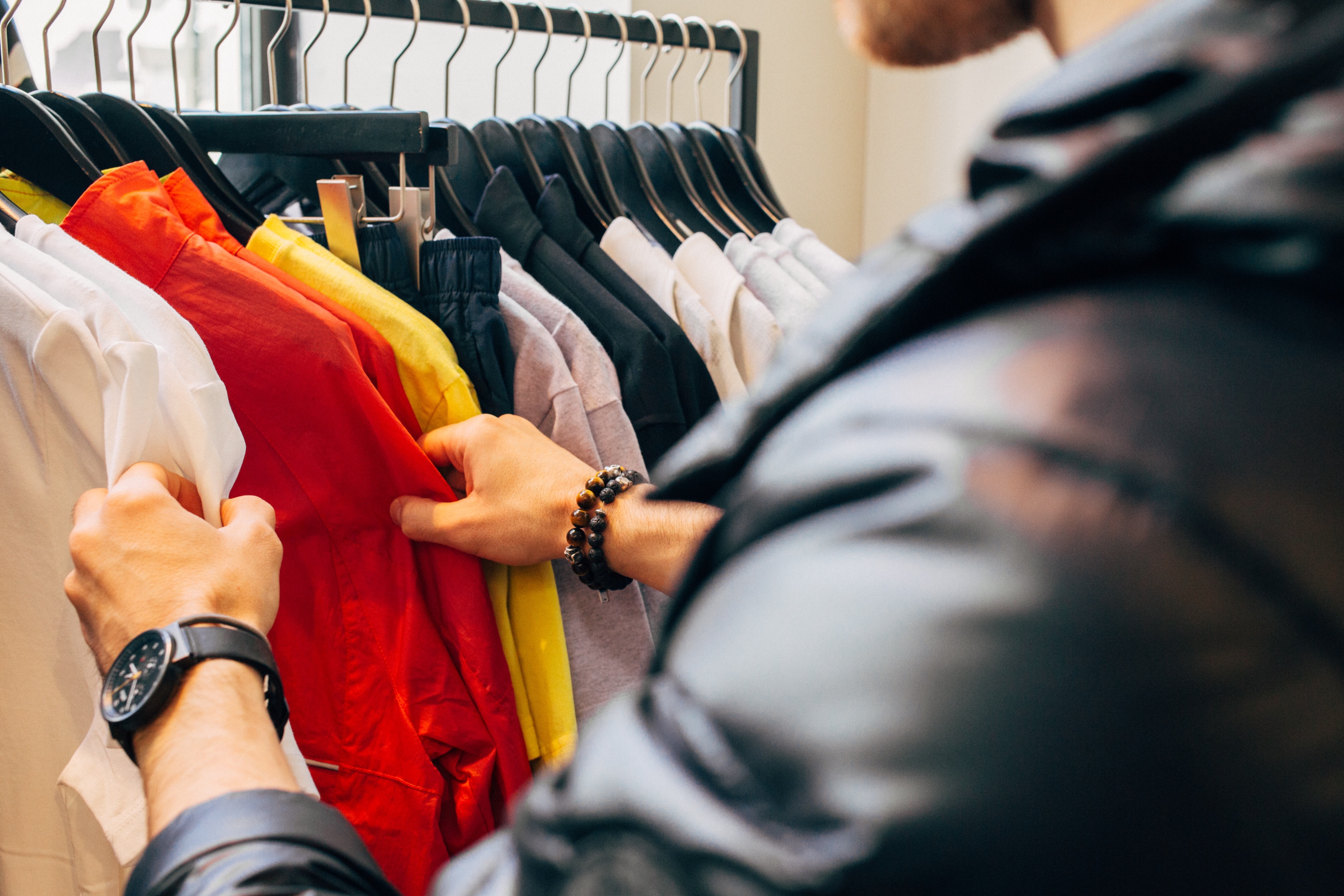Amazon hasn’t dominated the clothing industry yet. Here’s why.

After books, movies, and groceries, Amazon has announced it’s tackling the last and toughest bastion of retail with Personal Shopper by Prime Wardrobe.
So, it’s like Stitch Fix? What Amazon is trying to do is a lot like the model of the $2.7 billion personalized clothes-shopping startup. And given the size of the opportunity, it makes sense. As Stitch Fix CEO Katrina Lake said on a recent episode of the podcast Recode Decode, Americans still buy 80% of their clothes at physical stores—despite the fact that malls are fast becoming artifacts and shopping online is the norm.
Er, remind me what Stitch Fix is? Users take a survey identifying clothes and styles that appeal to them, with consideration given to their lifestyle and budget. The company analyzes this info and sends you a corresponding, curated box of clothes and accessories that you might like, for $20. Keep (and pay for) what you like; send back what you don’t.
The twist: Amazon’s version will also involve a survey of what you like and don’t like, which is sent along to a stylist who finds items you might be into. But there are differences: Amazon is charging a flat fee of $4.99 a month for Prime customers (versus $20 per box for Stitch Fix), and customers can see what’s in the box before it’s sent—a tactic meant to reduce returns. If you do want to send something back, you’ve got seven days and a resealable box, plus a prepaid label.
It’s still very new. It’s only available to women for now, though Amazon promises a men’s version soon. Brands include Theory, 7 for All Mankind, Adidas, Stuart Weitzman, and more.
It’s not Amazon’s first foray into trying to corner the shopping market. In June, Amazon launched StyleSnap, an app described by the Verge as “Shazam for clothes,” which lets customers take photos of a product they like out in the wild, then track it down on Amazon. It also has The Drop, where the company pairs up with influencers and launches limited-edition collections.
Will it work? Maybe. Amazon already boasts $30 billion in annual clothing sales, but it’s still a small sliver of the company’s total retail sales ($233 billion in 2018), and in many ways it’s still trying to figure out clothes shopping. If Amazon can combine its trademark convenience with personalization, it could be worth a fortune many times over. If it doesn’t, it’ll be a testament to one stubbornly human fact: people like to buy clothes they can touch and feel first.
Deep Dive
Humans and technology
Building a more reliable supply chain
Rapidly advancing technologies are building the modern supply chain, making transparent, collaborative, and data-driven systems a reality.
Building a data-driven health-care ecosystem
Harnessing data to improve the equity, affordability, and quality of the health care system.
Let’s not make the same mistakes with AI that we made with social media
Social media’s unregulated evolution over the past decade holds a lot of lessons that apply directly to AI companies and technologies.
Stay connected
Get the latest updates from
MIT Technology Review
Discover special offers, top stories, upcoming events, and more.